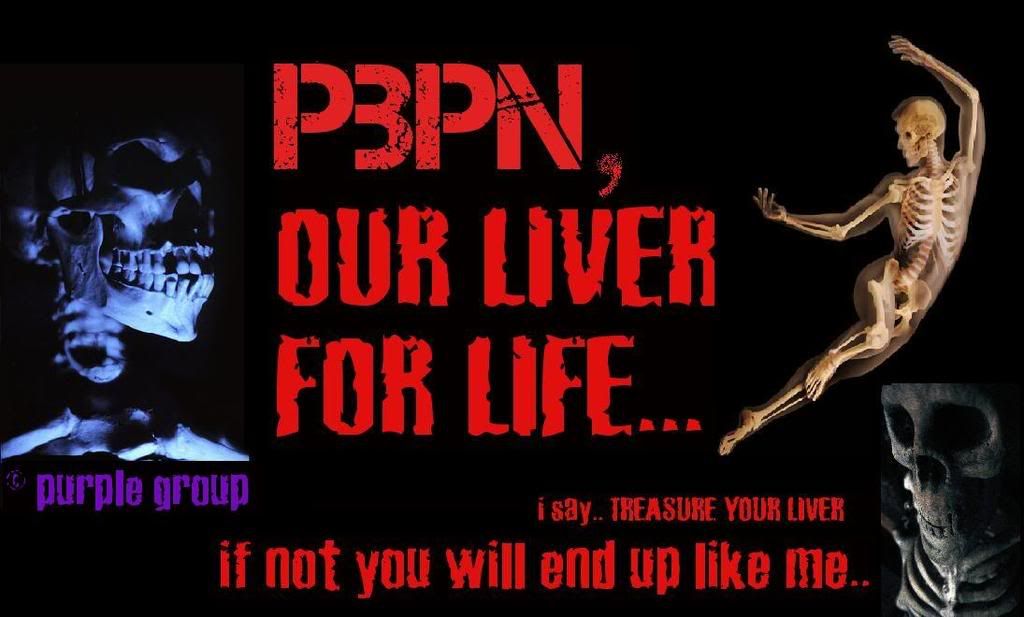
| Friday, February 6, 2009 |
|
3. Anaphylaxis management Acute management 1. Remove allergen (e.g. suspected medication or diagnostic contrast material from patient’s mouth) 2. Place patient in supine position (or left lateral position for vomiting patients) 3. Give intramuscular adrenaline (intramuscular dose can be repeated after 3-5 minutes if required) 4. Resuscitate with intravenous saline (20mL/kg body weight, repeated up to a total of 50 mL/kg over first half an hour) 5. Support airway and ventilation 6. Give supplementary oxygen by face mask at highest possible flow rate (>6L/minute) ______________________________________________________________ 1. Specialist assessment 2. Provision of a written anaphylaxis action plan 3. Anti-histamines should be at hand for all patients 4. Avoid any medications that patient are at risk of that will complicate management 5. Patients are trained to recognize early warning symptoms and to carry self-injectable adrenaline (EpiPen) after being trained in its use 6. Identification and avoidance of triggers and cofactors, if possible. Common triggers of anaphylaxis include food, stinging insects and medication. While common cofactors are exercise, alcohol consumption and taking ~*NSAIDS ~*Non-steroidal anti-inflammatory drug BY KYM, TONG, JESSIN ______________________________________________________________ Food: Anaphylaxis patients should be referred to an allergist as detailed history needs to be taken to identify possible allergen. Skin prick tests is use for confirmation whenever there is doubt about the identity of allergen.
BY KYM ______________________________________________________________ Retrieved on 01 Febuary 2009 from |


